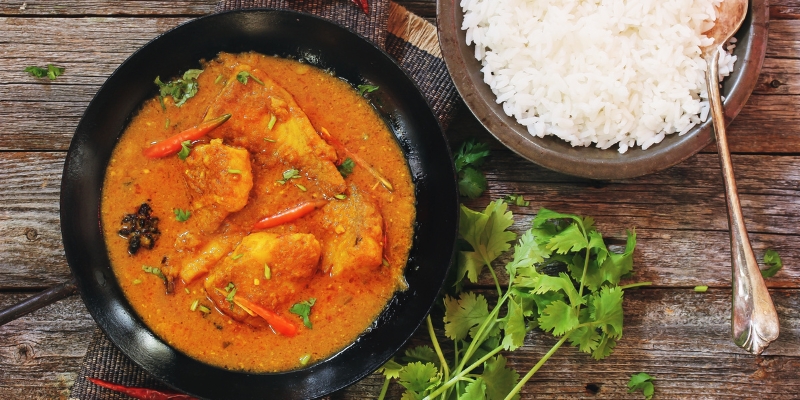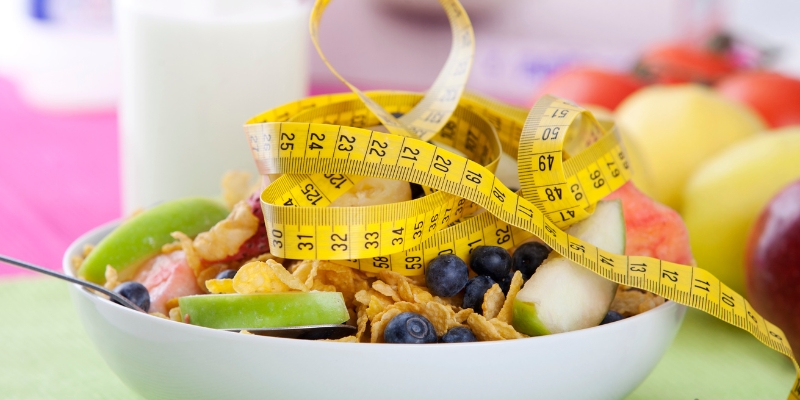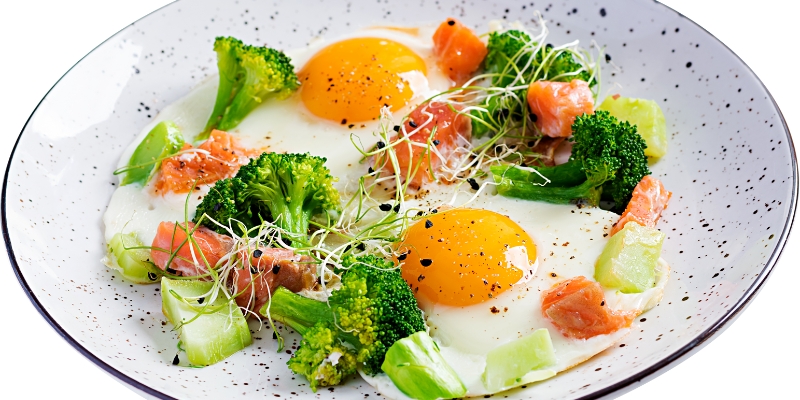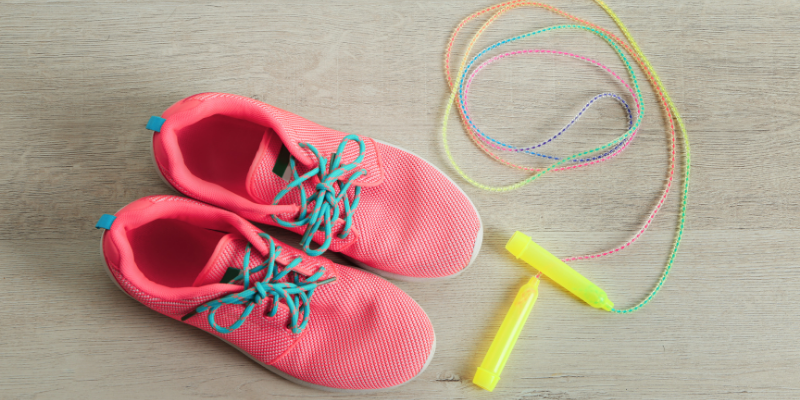Table Of Content
1500 Calorie Diet Plan To Lose Weight
The daily calorie needs vary for every individual. When trying to lose weight, some individuals require around 2000 calories daily, but it depends on factors like age, gender, amount of physical activity, metabolism, height etc. Many stick to a 1500-calorie diet plan to lose weight without starving. The basic idea behind a 1500-calorie diet plan is to create a calorie deficit. When you consistently limit your calorie intake to 1500 calories or less, along with moderate physical activity, it helps you lose or maintain weight. However, this isn’t a one-size-fits-all diet plan, and it’s vital to visit a nutritionist and know your total daily energy expenditure (TDEE). It estimates the number of calories you need in a day.
Table Of Content
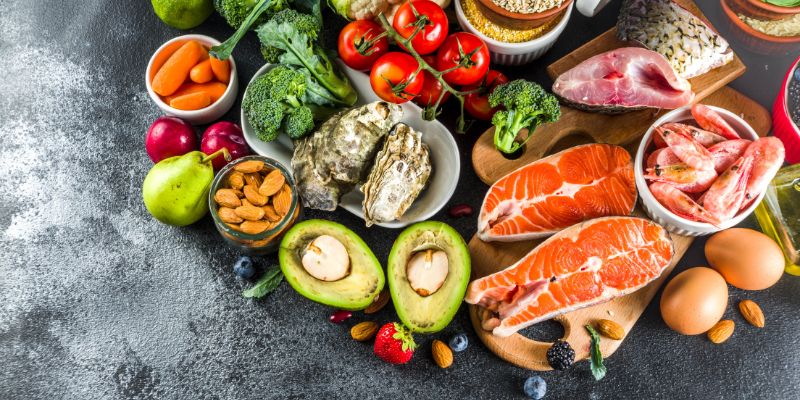
To lose weight, you need to eat fewer calories than your calculated TDEE, which can be computed using Mifflin-St. Jeor equation.
For men, it can be calculated using the equation:
Calories per day = 10x(weight in kg) + 6.25x(height in cm) – 5x(age) + 5
For women, use this:
Calories per day = 10x(weight in kg) + 6.25x(height in cm) – 5x(age) – 161
The number you get should be multiplied by your present activity level to get your TDEE.
- Sedentary: x 1.2
- Lightly active: x 1.375
- Moderately active: x 1.55
- Very active: x 1.725
- Extra active: x 1.9
After obtaining your exact TDEE number, you can adjust your calories to create a deficit for weight loss.
What to Eat in a 1500-calorie Diet Plan
When trying to lose weight, choosing nutrient-dense foods that help maintain energy levels while keeping your calories in check is the best.
Here’s what you can include in your 1500 calorie diet:-
- Starchy vegetables: Sweet potatoes, plantains, peas, etc.
- Non-starchy vegetables: Kale, spinach, broccoli, peppers, cauliflower, asparagus, mushrooms, tomatoes, etc.
- Seasonal fruits: Apples, grapefruit, berries, melon, banana, etc.
- Protein-rich foods: Whole eggs, chicken, tofu, tempeh, etc.
- Whole grains: Quinoa, brown rice, oats, millet, etc.
- Legumes: Lentils, kidney beans, chickpeas, etc.
- Healthy fats and oils: Coconut oil, olive oil, ghee, etc.
- Dairy products: Unprocessed cheese, low-fat milk, low-fat yoghurt, etc.
- Nuts and seeds: Chia seeds, pumpkin seeds, almonds, walnuts, flax seeds, peanut butter, tahini, etc.
- Seasoning and herbs: Garlic, rosemary, oregano, cilantro, black pepper, etc.
- Beverages: Green tea, lemon water, sugar-free tea and coffee, etc.
- Spices: Turmeric, garlic powder, etc.
What to Avoid
It is best to avoid processed foods containing empty calories when trying to lose weight.
- Processed food: Processed meats, packaged food items, cereal bars, etc.
- Fast or junk food: Pizza, French fries, hot dogs, etc.
- Fried food: Doughnuts, deep-fried foods, chips, etc.
- Sugary food: White bread, cereals with added sugars, crackers, cookies, etc.
- Diet food: Low-fat ice creams, low-fat chips, frozen or boxed meals, etc.
- Sugary beverages: Soda, packaged juices, energy drinks, etc.
Sample Meal Plans
The following meal plans are suitable for this diet and will help you lose or maintain weight.
Meal plan (Non-vegetarian)
Breakfast
- 2 boiled eggs
- 2 slices of whole-grain bread
- 1 fruit serving (apple or orange)
- 1 cup of coffee with less sugar
Lunch
- 120 grams of chicken curry
- 1 cup brown rice or quinoa
- 2 multigrain rotis
- 1 cup mixed salad
Dinner
- 1 cup chickpea curry with spinach
- 1 cup brown rice or 2-3 rotis
- 1 cup steamed broccoli
- 1 cup curd
Snacks
- 1 cup roasted peanuts
- Trail of mixed nuts and seeds
- Buttermilk or lemon water
Meal plan (Vegetarian)
Breakfast
- 2 multigrain idlis with coconut chutney
- 1 cup of coffee with less or no sugar
- One cup of berries (seasonal)
- 1 cup walnuts
Lunch
- 1 cup paneer or tofu curry
- 1 cup brown rice
- 1-2 multigrain rotis
- 1 cup mixed salad
Dinner
- Grilled paneer: 120 grams
- Steamed broccoli and carrots
- 1/2 cup brown rice
- 1 cup dal soup
Snacks
- Sprouts salad
- 1 cup green salad with cucumber, lettuce, kale and broccoli
- 1 banana
- 1 cup buttermilk
Meal plan (Eggetarian)
Breakfast
- 2 eggs omelettes with vegetables
- 2 whole grain toasts
- 1 cup of tea with less sugar
- 1 cup salad
Lunch
- 1 cup egg curry
- 1 cup dal soup
- 1 cup brown rice or quinoa
- 1-2 multigrain rotis
- 1 cup mixed salad
- 1 cup buttermilk
Dinner
- 1 cup stir fry vegetables
- 1 cup yellow dal with spinach
- 1 cup brown rice
- 1-2 multigrain rotis
- 1 cup salad
Snacks
- 1 spoon almond or peanut butter
- 2 tbsp of chia seeds in water
- 25 grams of sliced almonds
- 1 piece dark chocolate
Must Read: A Simple 30 Days Meal Plan To Lose Weight
Tips for Successful Weight Loss
You can enhance your weight loss by sticking to a low-calorie diet and indulging in a reasonable amount of physical activity every day.
You can also incorporate the following tips to make the most of your weight loss journey:
-
Be mindful of your calorie intake:
Track the calories you consume with the help of a calorie tracker app or a food journal. Another way to achieve this is through portion control—try to eat small portions of meals or eat on smaller plates. Avoid watching TV while eating, as you might lose track of your calories. Practice mindful eating to stay on the course of weight loss in the long run.
-
Include whole foods in your diet:
Stick to eating whole, natural, unprocessed foods. Processed foods contain unhealthy ingredients that affect your overall health. Soda, packaged meats, bakery goods, bread, packaged juices, etc., contain excess sugars and salts that contribute to weight gain and obesity. Instead, have as many whole foods as possible, such as fresh fruits, vegetables, whole grains, chicken, eggs, etc. These are packed with nutrients and keep you satiated.
-
Stay active:
This goes without saying – indulge in physical activity to cut down additional calories. Physical activities like yoga, aerobics, pilates, dancing, swimming, running, etc., boost your metabolism. If you can’t do strenuous exercises, walking for half an hour 3-4 times a week is also great. They help you stay in shape while burning extra calories, improve mood and are associated with decreased risks of chronic diseases.
-
Set realistic weight loss goals:
It is easy to get overwhelmed when losing weight. Therefore, set realistic goals and stay patient. It’s normal to gain muscle mass while working out—which might look like you’re not losing weight, but it means you’re burning more fat than weight. Thus, track fat loss instead of relying only a weighing scale. Please measure your waist, arms, hips, chest and thighs before starting the diet plan and compare them later.
Takeaway
The best way to lose weight is through calorie deficit and some physical activity. The 1500-calorie diet plan, coupled with a moderate exercise regime, helps you shed extra kilos and keeps you fit. Follow weight loss tips and eat natural, unprocessed foods to lose weight sustainably and maintain it in the long run.
Our certified subject matter experts do extensive research and collate facts from reputed scientific journals and international studies to create informative and engaging articles related to all your dermatology concerns. They strive to help you decipher medical jargon, distinguish fact from fiction and overcome paranoia. Our qualified medical board or expert panel goes a step further to verify these facts based on their rich academic knowledge, vast clinical experience and critical industry insights to ensure you consume only medically accurate content that empowers you to make informed decisions about your hair and skin-care treatments and weight management. Check out our Editorial policy for further details.
https://www.nhlbi.nih.gov/health/educational/wecan/healthy-weight-basics/balance.htm
https://www.ncbi.nlm.nih.gov/pmc/articles/PMC6068274/table/T1/?report=objectonly
https://www.nhlbi.nih.gov/health/educational/lose_wt/eat/menus_lacto_ov.htm


